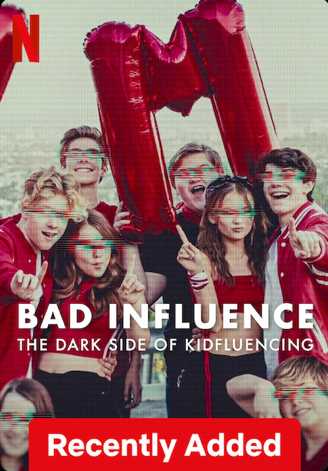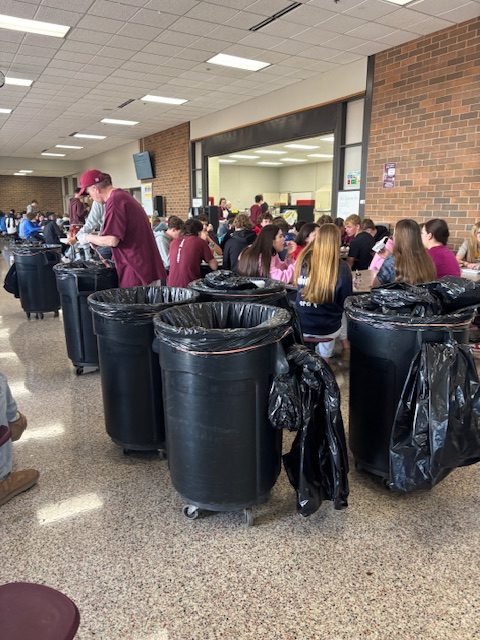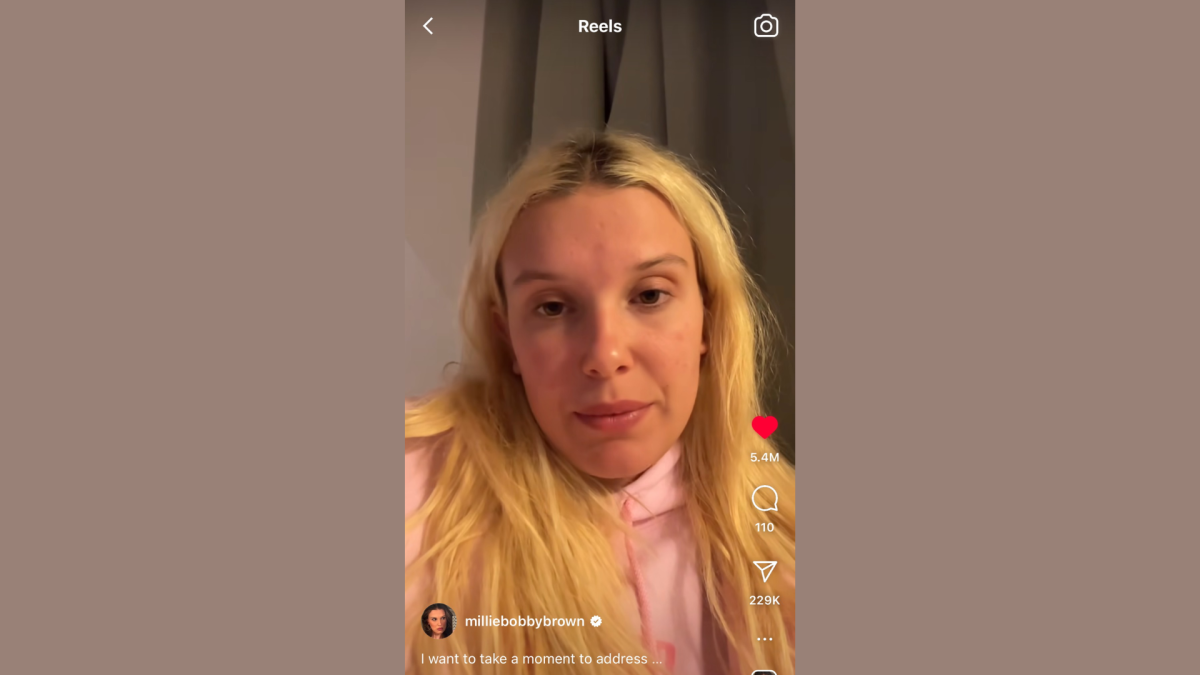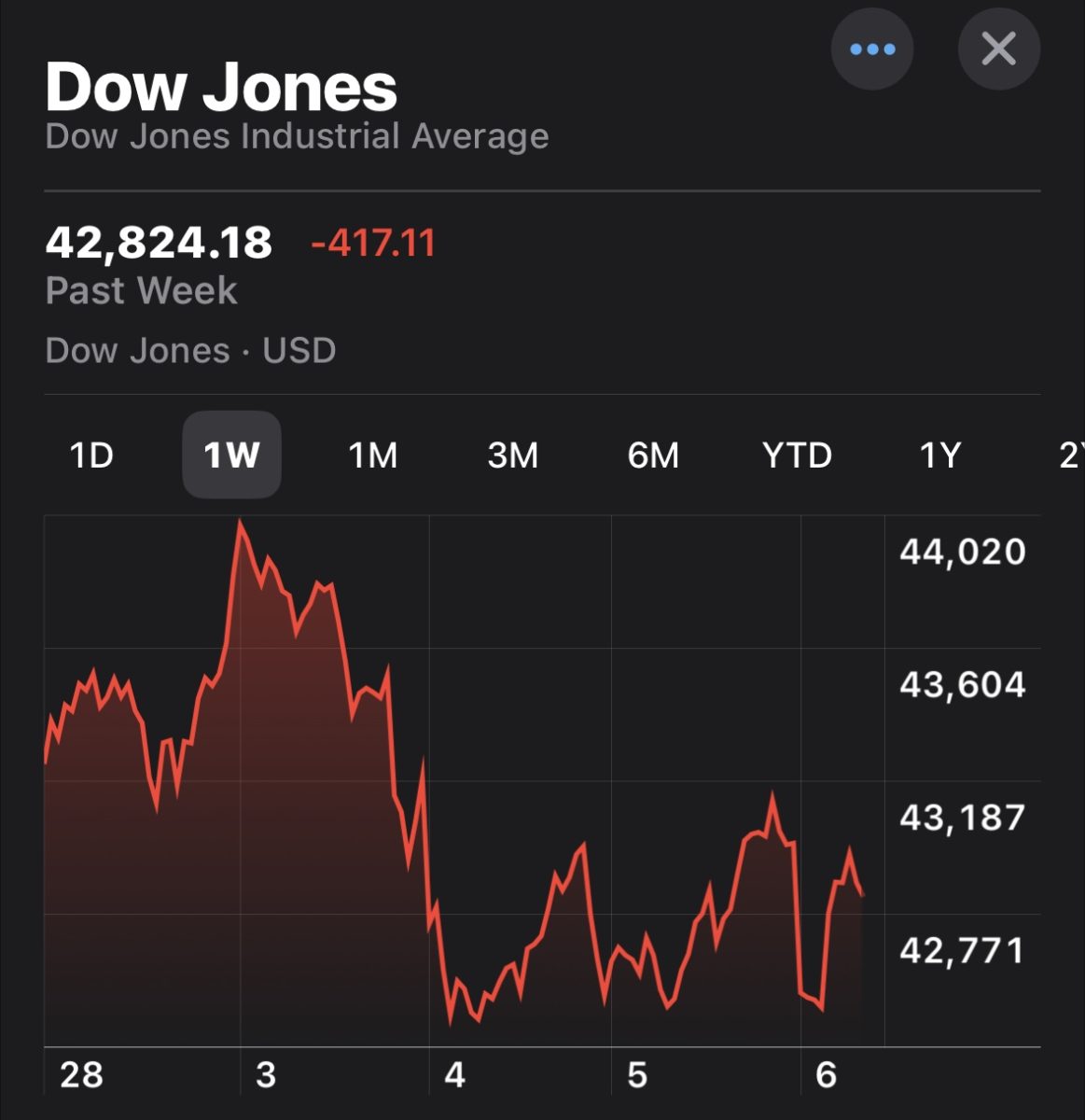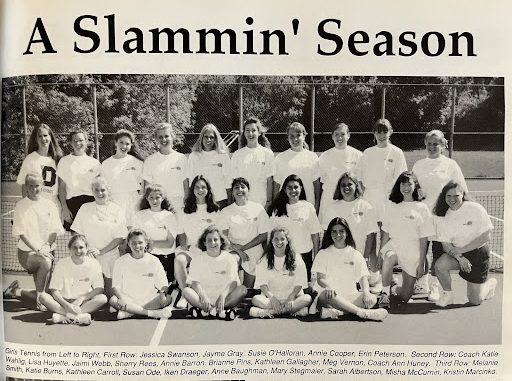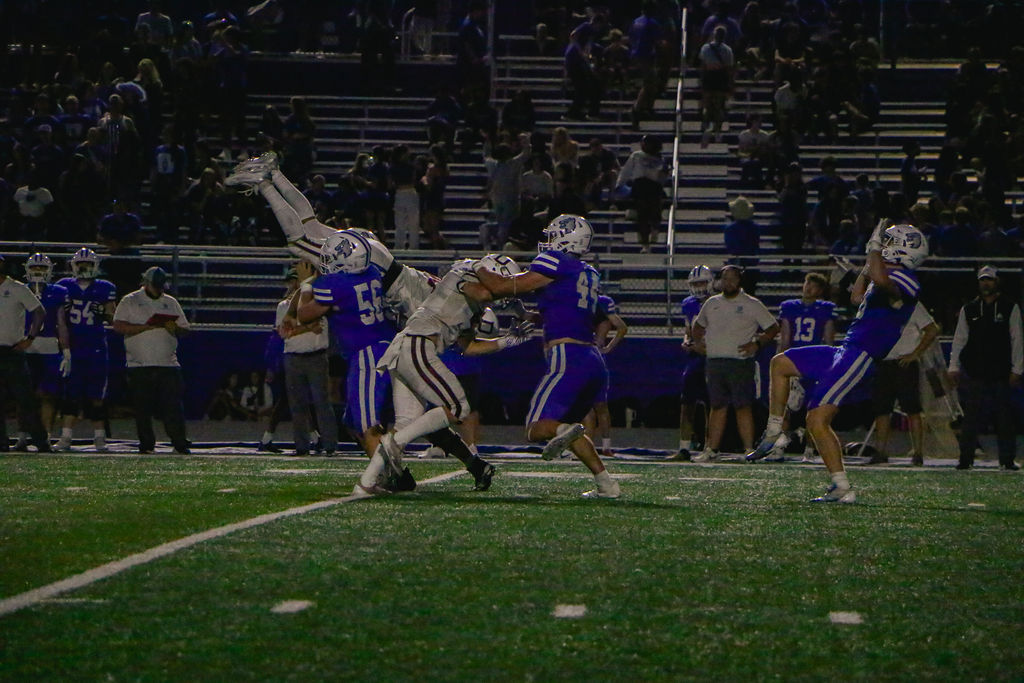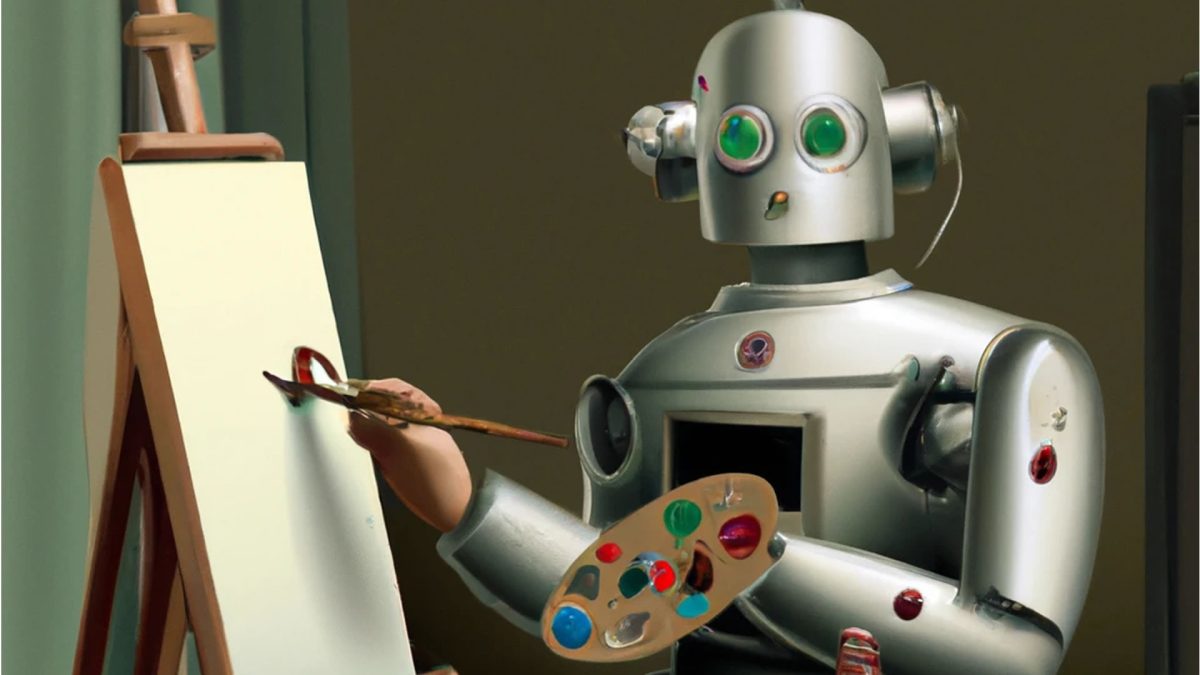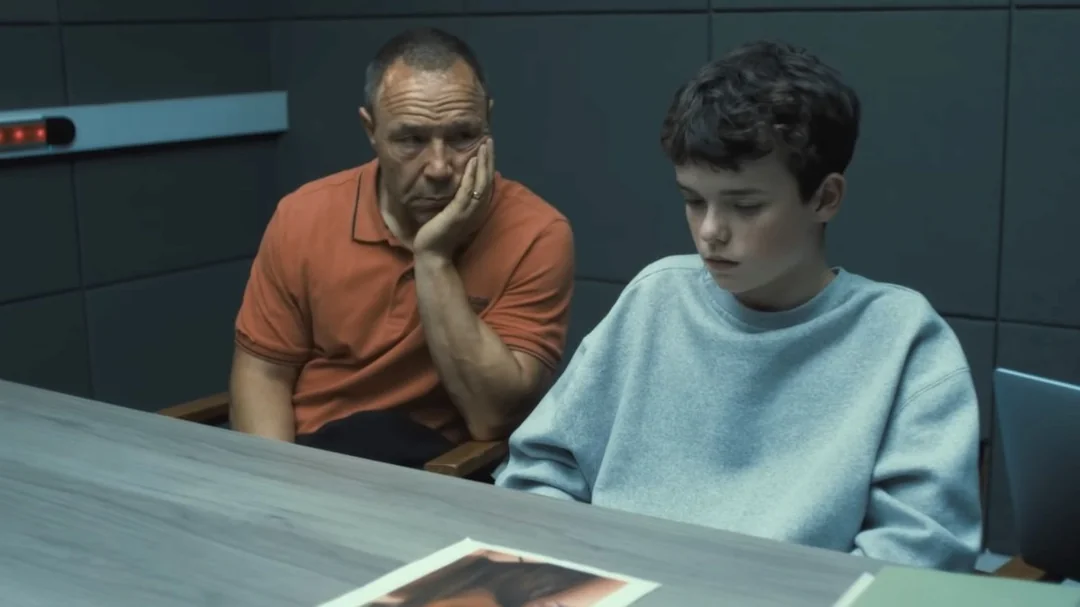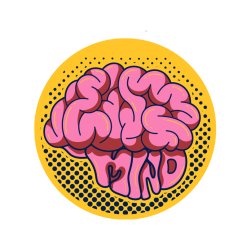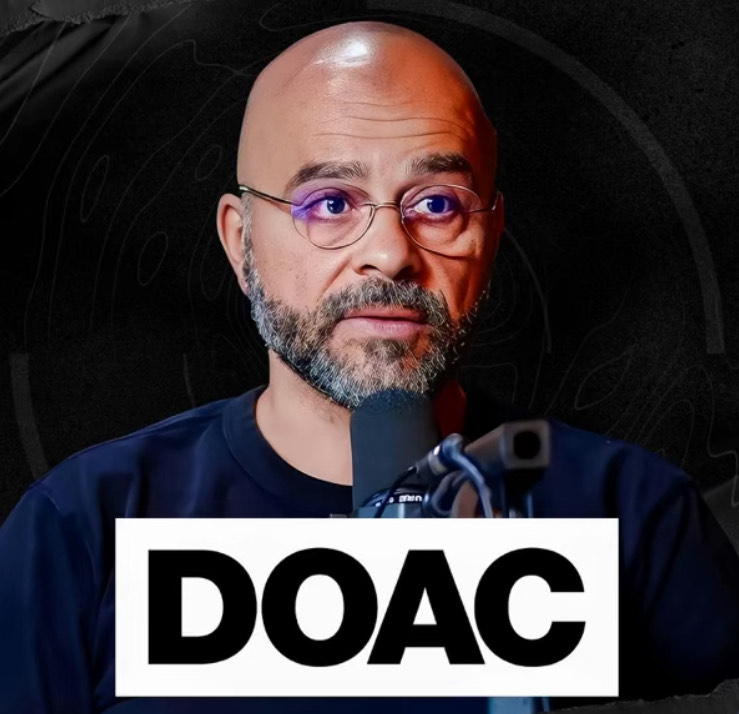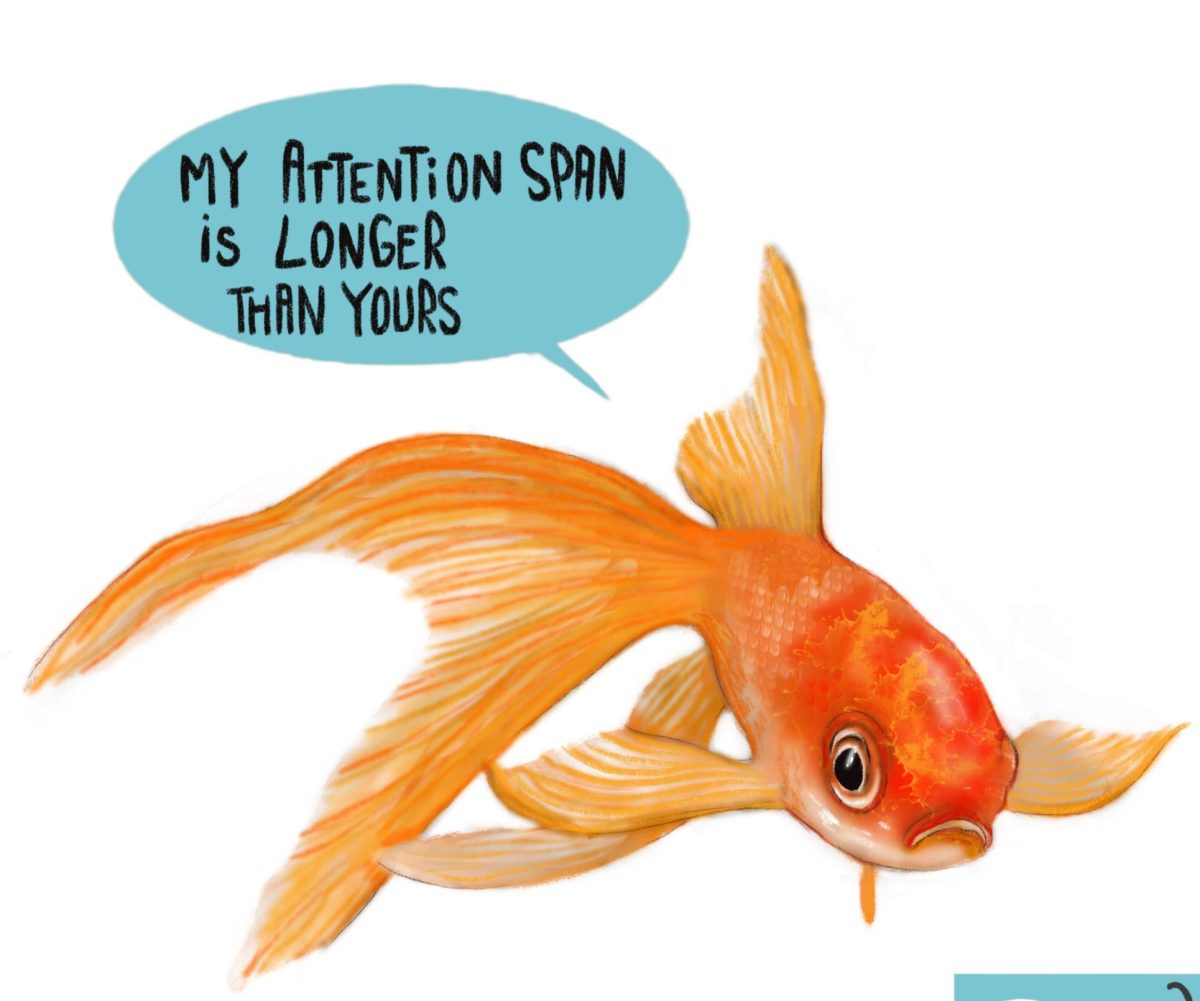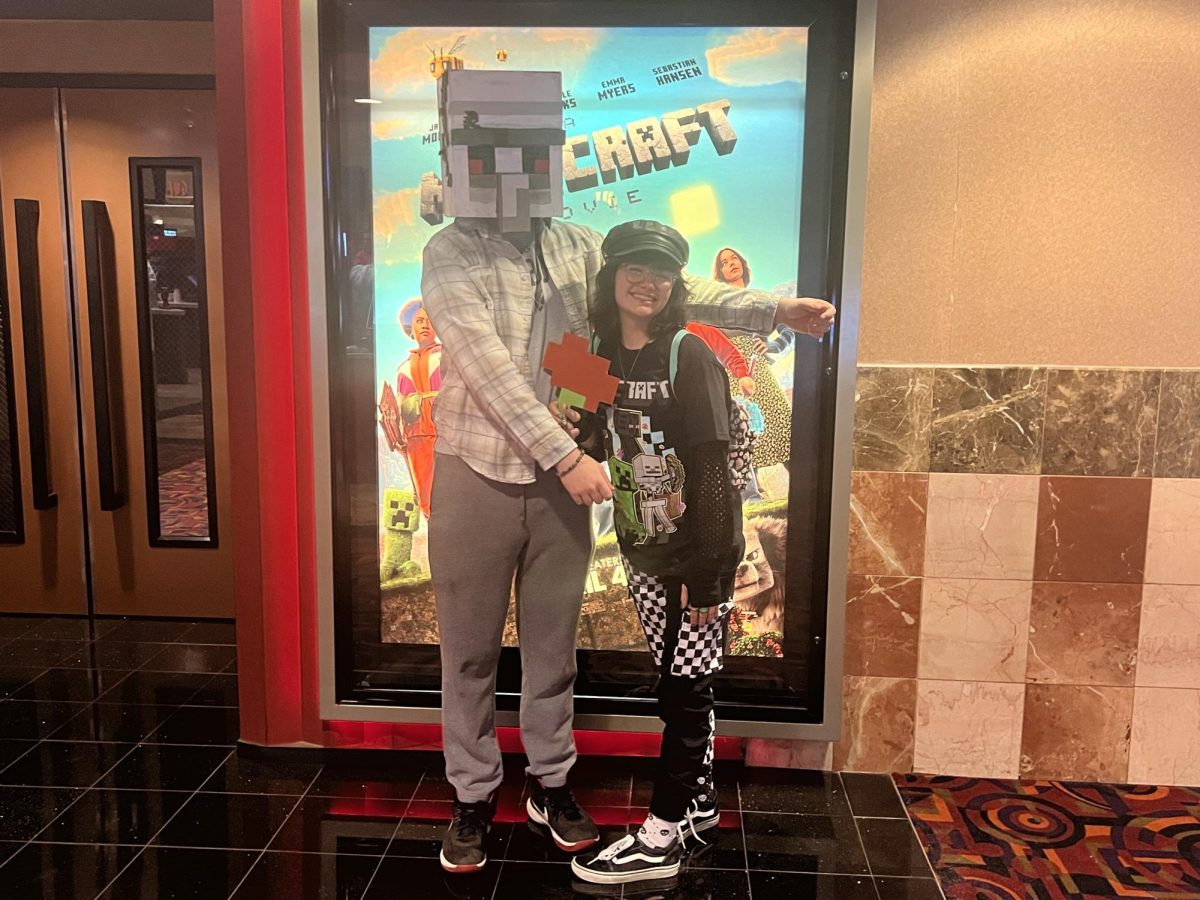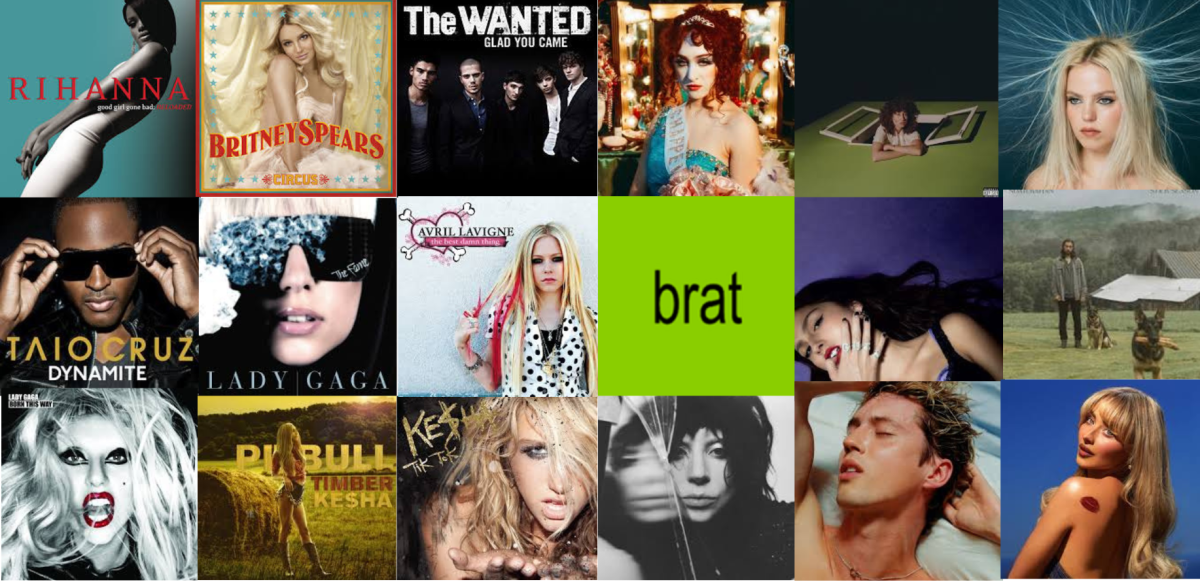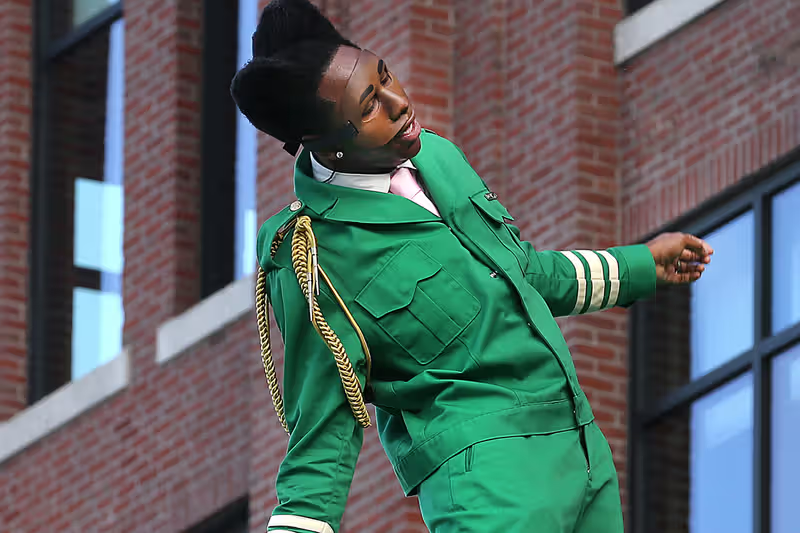When Adolescence landed on Netflix in March, viewers were left baffled and horrified by what they had just witnessed. The four-episode miniseries chronicles the story of 13-year-old Jamie Miller (played by Owen Cooper), who murders his classmate, Katie Leonard, and the investigation into what could have prompted the brutal crime. In the month since Adolescence was released, the miniseries has garnered over 130 million views, prompting many to voice their concerns about the current hold the internet has on our youth and their opinions on whether or not the show should be taken as a call to action.

While the Netflix show is an extreme depiction of the issues pertaining to the modern socialization of our youth, the themes it explores of growing misogyny and violent tendencies in young boys are very prevalent in society today. Although some try to pass off these behaviors as regular bullying, or as simply “boys will be boys”, recent upticks in sexism and sexual harassment in schools and misogyny towards female teachers show evidence that such behaviors have been increasing steadily. A study among Australian schools has found many female teachers reporting young elementary and middle school boys using increasingly misogynistic language and behaviors, some as young as five years old (Wescott, Roberts, Zhao). One instance at an Australian primary school consisted of a young male student who walked into class one day screaming, “kill all women.” Many boys have also been found to respond solely to male educators, as well as exhibiting more respect towards male authority figures than female ones.
Such toxic behaviors seem to be the result of various sexist social media influencers, many of whom take ideas and stereotypes of masculinity to the extreme. Many of these influencers also promote regressive, misogynistic ideas about women and their role in society in an attempt to portray men as “superior” to them. One such influencer is Andrew Tate, a self-proclaimed misogynist who posts content that many deem as degrading towards women and encourages more traditional beliefs about male and female societal roles. Tate, who as of April 2025 has over ten million followers on X, directs the majority of his content towards teenage boys, outwardly voicing his opinions on why women must be “tamed.” The same teachers who participated in the previous study mentioned identified Tate as a common factor among the misogynistic behaviors they reported, claiming they often overheard talks about him during classes. Tate and his brother were also charged with human trafficking and other charges of sexual misconduct. Psychologists have found that people are more susceptible to believing and adopting the ideas they encounter online during their pre-pubescent and teenage years. While Tate is far from the only influencer partaking in the radicalization of masculinity and sexism, he is seen as one of the most prominent and influential figures in the lives of adolescent boys.
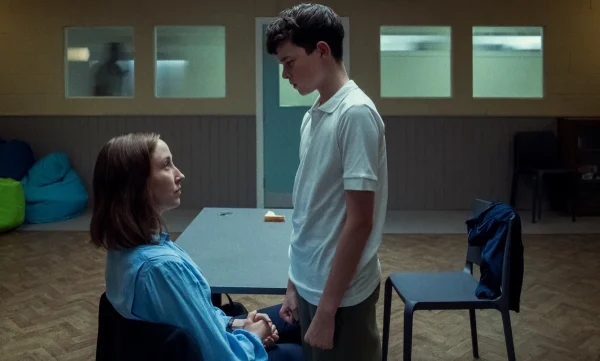
What is so unique about Adolescence is that it doesn’t try to immediately paint Jamie as the villain in the story; the show makes it clear that Jamie is a product of the society that raised him. When speaking with the psychologist hired to evaluate him, Jamie expresses several insecurities, most of them centered around his masculinity. He quickly gets defensive, and even aggressive, when asked questions that relate to his insecurities, going so far as to lie about being sexually active with one of his classmates. Jamie exhibits the effects of radicalized masculinity flawlessly through the way he reacts and talks with the psychologist. The aggressive and violent tendencies he displays are shown to be common in many young boys, yet often go disregarded. Although calling Jamie innocent would be absurd, the show provides some insight into the power that social media and societal expectations have on growing minds. In a way, Jamie can be seen as a type of victim in his own right.
Aside from discourse in schools, there have also been conflicts among parents expressing concerns for their daughters and those claiming their sons are not responsible for their actions. Audiences can see this depicted in Adolescence as Jamie’s father, Eddie
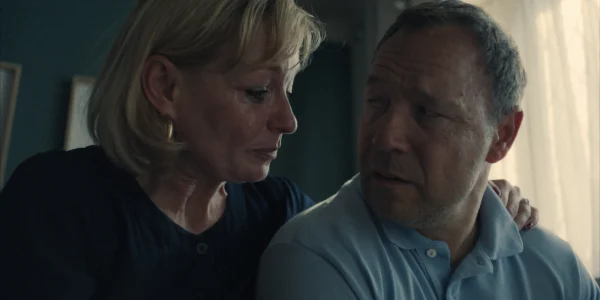
(Stephen Graham), naturally comes to his defense upon his arrest, before ultimately being forced to accept the truth. The last episode of the series follows Jamie’s family and their attempts to carry on with their normal life over a year after the crime. Families of criminals often face various difficulties while dealing with their situation, including (but not limited to) social stigmas, emotional and psychological distress, and disruption in family dynamics; it becomes very difficult for them to adapt to new circumstances. In many instances, these families become dysfunctional or unable to move past such a grave shift in their lives. While some viewers found the episode to be drawn out and unnecessary, the episode captures the haunting brokenness that lingers after such a tragedy befalls a family, highlighting the family of the perpetrator as the final victims of the crime.
Adolescence is currently one of the top ten most popular shows on Netflix. As its viewership continues to rise, and its message continues to project onto the minds of society, we must continue to take heed of its warnings and protect our youth – however that may be.


